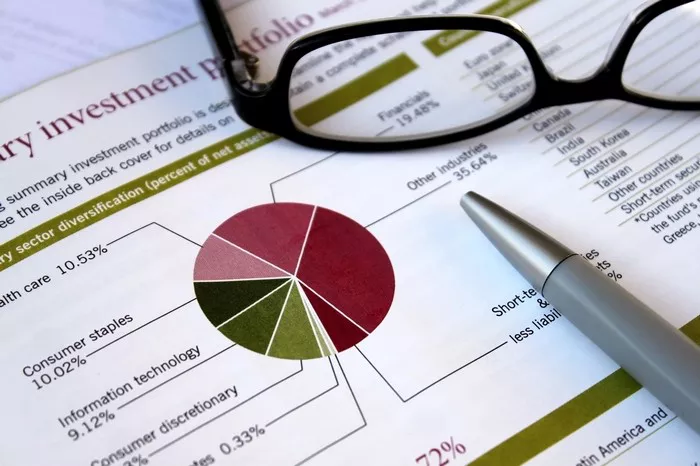As the Federal Reserve prepares to cut interest rates next week, the effects will be felt across various savings and investment vehicles, particularly certificates of deposit (CDs) and high-yield savings accounts, which currently offer rates exceeding 5%. While these rates are not expected to plummet drastically, they will likely ease closer to 4%, remaining above the inflation rate for at least the coming year. Therefore, these accounts will continue to be a reliable choice for emergency funds and short-term savings.
However, the anticipated rate cut presents a strategic opportunity to adjust your investment approach, especially if you’re looking to capitalize on the downward trend in interest rates.
Preston D. Cherry, founder and president of Concurrent Financial Planning, advised Yahoo Finance, “The projected rate cut may diminish the attractiveness of high-yield savings accounts. Now could be an opportune time to consider shifting cash from high-yield savings into long-term bonds to secure higher yields for your lifestyle and retirement portfolios.”
Since the Fed began increasing short-term rates in 2022, savings accounts have outperformed bonds. This dynamic is expected to shift as rates decline. For those nearing retirement, rebalancing towards bonds amid stock market volatility could be advantageous.
Cherry emphasized that the best time to invest in bonds is when interest rates are high but anticipated to fall. “Purchasing bonds at the end of a rate-hiking cycle allows you to lock in high coupon yields and benefit from the potential rise in bond prices once rates start to decrease,” he explained.
For bond investors, the current environment offers a rare opportunity. After years of lackluster bond yields, the combination of high rates and falling inflation could provide substantial investment income. As rates decline, bond prices typically rise, presenting a favorable scenario for bondholders.
Cherry also noted that adding long-term, higher-yield bonds to your portfolio could enhance total returns and diversification, an advantage not seen in recent rate-hiking periods.
Greg McBride, chief financial analyst at Bankrate.com, advised, “If you have sufficient liquidity and can afford to lock in bond yields over a multi-year period, it can offer a more predictable income stream.” He added that, as the Fed cuts rates, short-term yields will drop more quickly than long-term yields, making it prudent to focus on income rather than potential capital gains.
One effective strategy is to establish a bond or CD ladder with staggered maturities. This approach provides regular access to principal while maintaining a steady income stream, McBride suggested.
Personally, I allocate my savings across various accounts, including six-month and one-year CDs, a money market account, high-yield savings accounts, and a checking account. My retirement holdings are primarily in stocks and bonds through broad index funds. The balance between stocks, bonds, mutual funds, and savings accounts should reflect your individual risk tolerance and timing needs.
For many retirees, a more conservative asset allocation is desirable to mitigate the impact of market volatility. Near-retirees and retirees should review their asset allocations periodically to ensure they align with their financial goals and risk tolerance.


